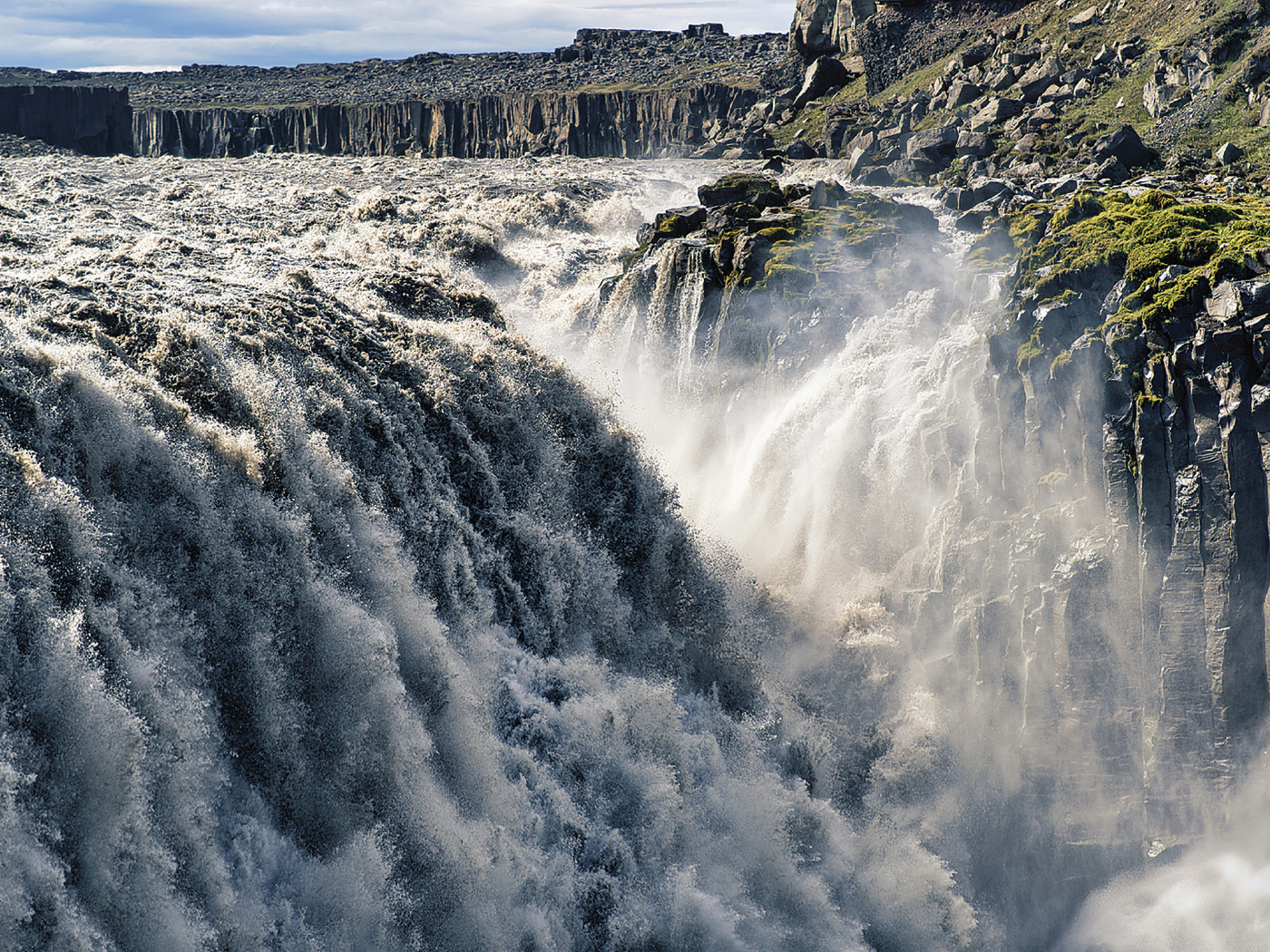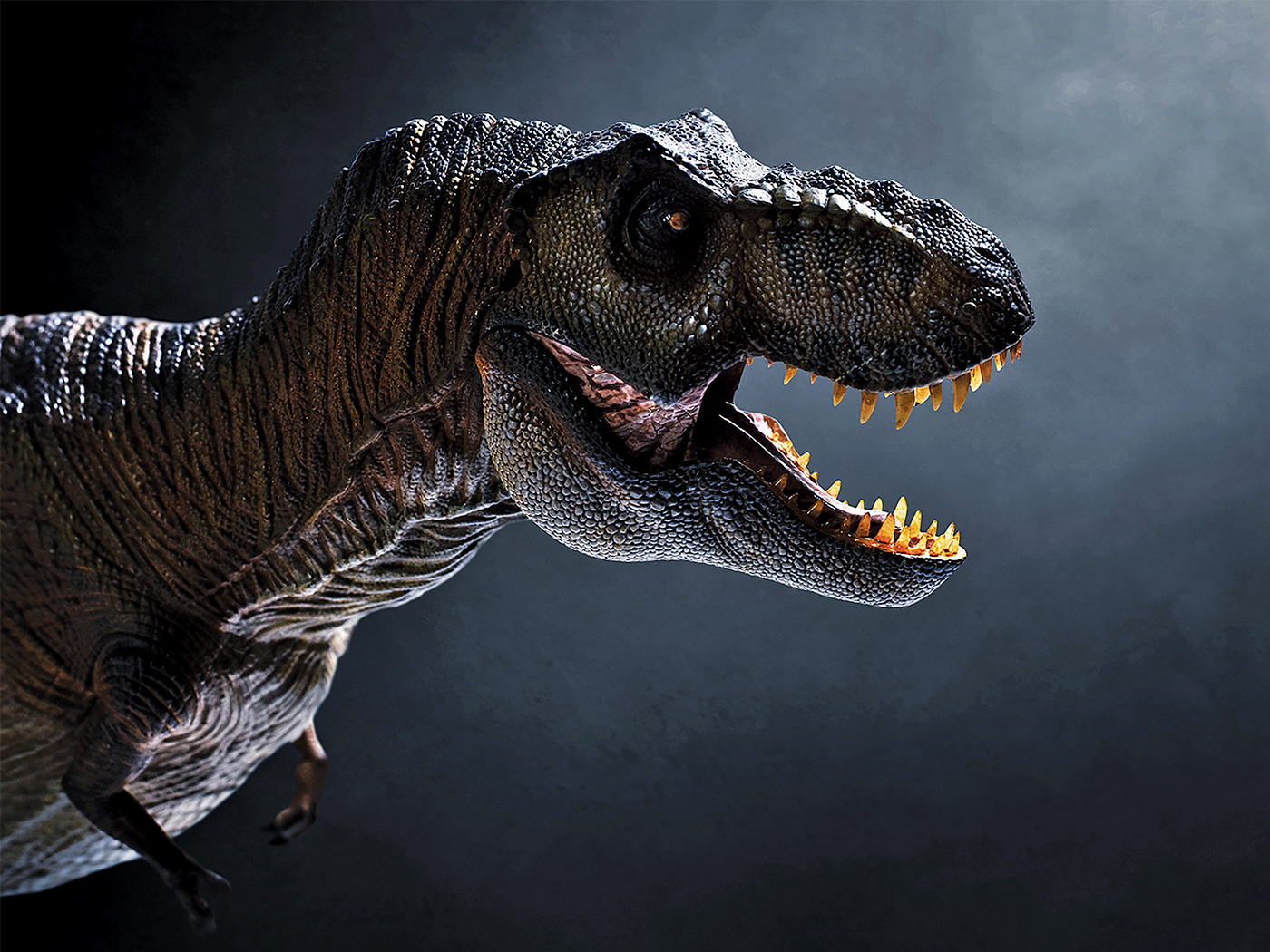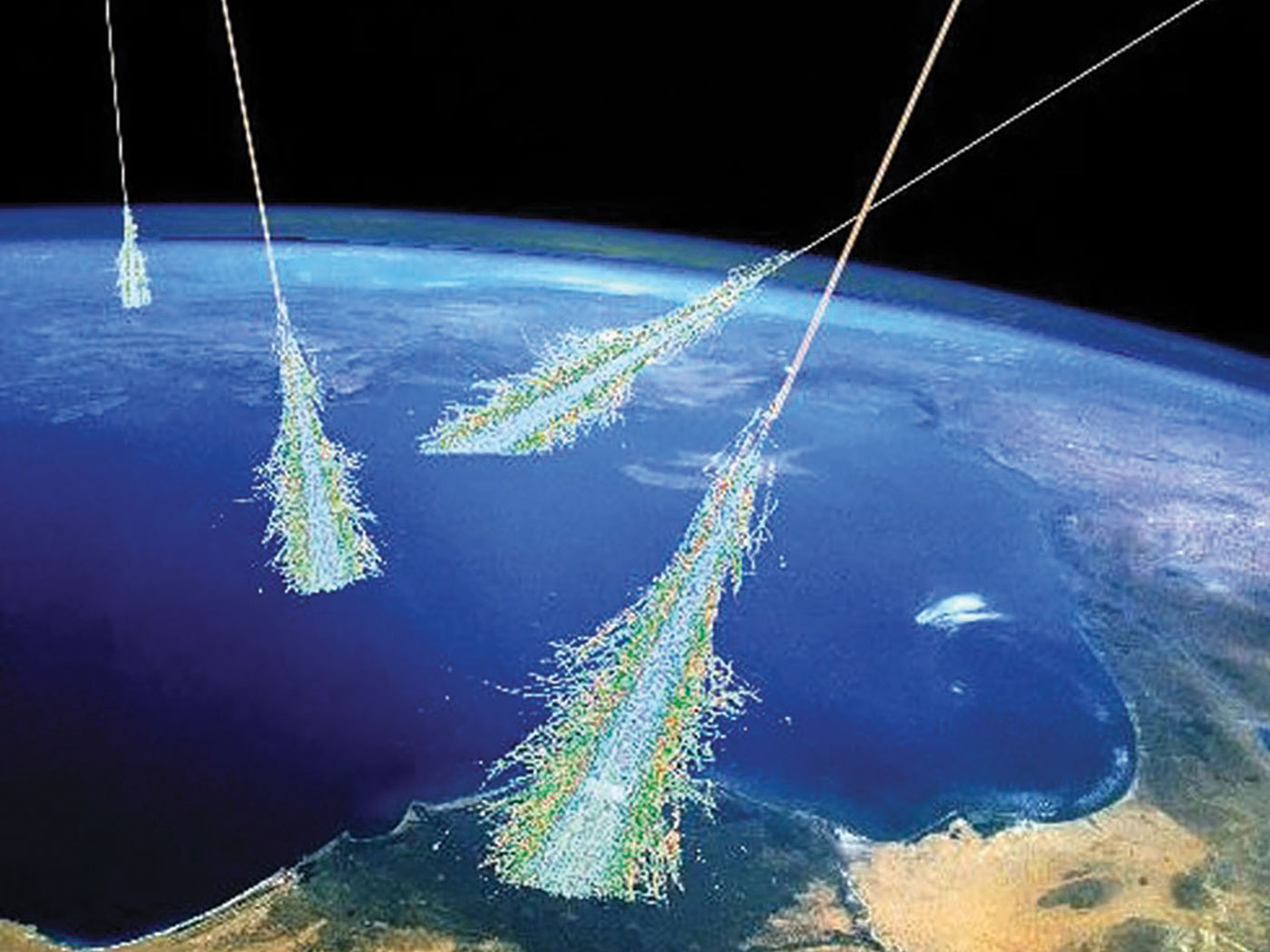One of the many serious problems with “human evolution” is how, when, why, and where our alleged apelike ancestors decided to rise and walk upright as mankind does today.1 New research has changed the story. Again.
Anthropologists have long thought that our ape ancestors evolved an upright torso in order to pick fruit in forests, but new research from the University of Michigan suggests a life in open woodlands and a diet that included leaves drove apes' upright stature.2
So now it’s picking leaves off trees–not necessarily fruit–that drove our ape ancestors to walk upright and sire humans.
But new research centered around a 21-million-year-old fossil ape called Morotopithecus and led by [University of Michigan researcher Laura] MacLatchy suggests this might not be the case. Instead, researchers think early apes ate leaves and lived in a seasonal woodland with a broken canopy and open, grassy areas. The researchers suggest this landscape, instead of fruit in closed canopy forests, drove apes' upright stature.2
The article also stated, “The findings have transformed what we thought we knew about early apes...“This is due in part because of the questionable evolutionary status of Morotopithecus, the great apes alive today (hominids), and their supposed evolutionary connection with Miocene primates that lived “25 million years ago.”
As always, there are no clear candidates for the ancestors of humans3 or any modern apes (except orangutans, and evolution states that orangutans supposedly diverged from the human lineage between approximately 12 and 15 million years ago). According to evolution theory, the fossil record in Africa between 13 and 5 million years ago is extremely scarce, leaving an 8-million-year-old break until the first hominins’ appearance about 6 millions of years ago.
In 2022, some evolutionists suggested that ecological changes in Africa were due to nothing less than massive interstellar events, "Exploding stars may trigger ecological changes on Earth, which might in turn have led humans to embrace the two-legged life.“4
A year later, John Kingston, a biological anthropologist, stated, "For the first time, we're showing that these [C4] grasses are widespread, and it's this general context of open seasonal woodland ecosystems that were integral in shaping the evolution of different mammalian lineages, including and especially in our case, how different ape lineages evolved."2
The ideas of leaf-picking and exploding stars to explain upright walking are purely hypothetical, if not outright fanciful, borne out of a desire to describe the gradual evolution of humans rather than their special creation. Indeed, the following quote shows the tenuous nature of this strange evolutionary interpretation:
"These open environments have been invoked to explain human origins, and it was thought that you started to get these more open, seasonal environments between 10 and 7 million years ago," MacLatchy said. "Such an environmental shift is thought to have been selected for terrestrial bipedalism—our ancestors started striding around on the ground because the trees were further apart.2 (emphasis added)
But not only has the time for the origin of grassy woodlands changed, but the human origins timeline must now be rethought, “Now that we've shown that such environments were present at least 10 million years before bipedalism evolved, we need to really rethink human origins, too."2
Evolutionist explanations of a purely naturalistic origin of mankind changes almost monthly. Now, we find they are grasping at leaves. But God’s word never changes. People have been created in God’s image just thousands of years ago.
References
- Sherwin, F. Upright Walking Ancestor? Creation Science Update. Posted on ICR.org September 15, 2022, accessed April 27, 2023.
- University of Michigan. Apes may have evolved upright stature for leaves, not fruit, in open woodland habitats. PhysOrg. Posted on Phys.org April 2023, accessed April 16, 2023.
- Tomkins, J. et al. 2022. Human Origins. Dallas, Texas: Institute for Creation Research.
- Johnson-Groh, M. Could a supernova have made humans bipedal? Astronomy Magazine. Posted on astonomy.com May 28, 2019, accessed April 26, 2023.
* Dr. Sherwin is science news writer at the Institute for Creation Research. He earned an M.A. in zoology from the University of Northern Colorado and received an Honorary Doctorate of Science from Pensacola Christian College.












